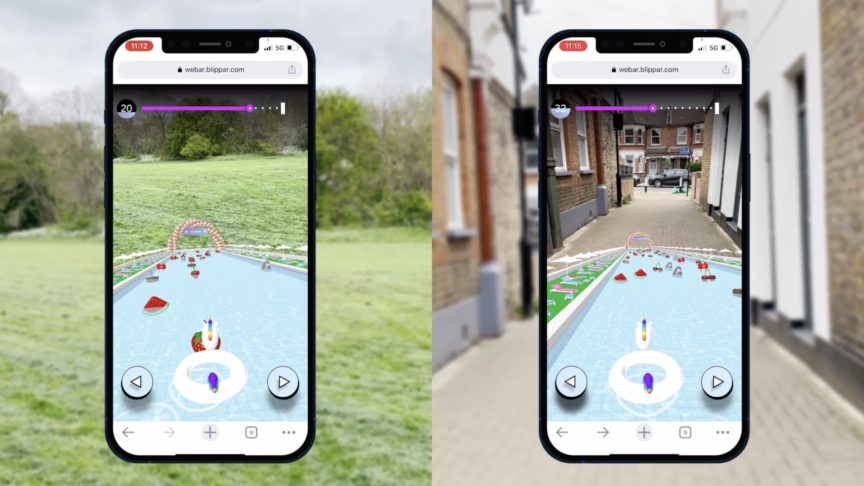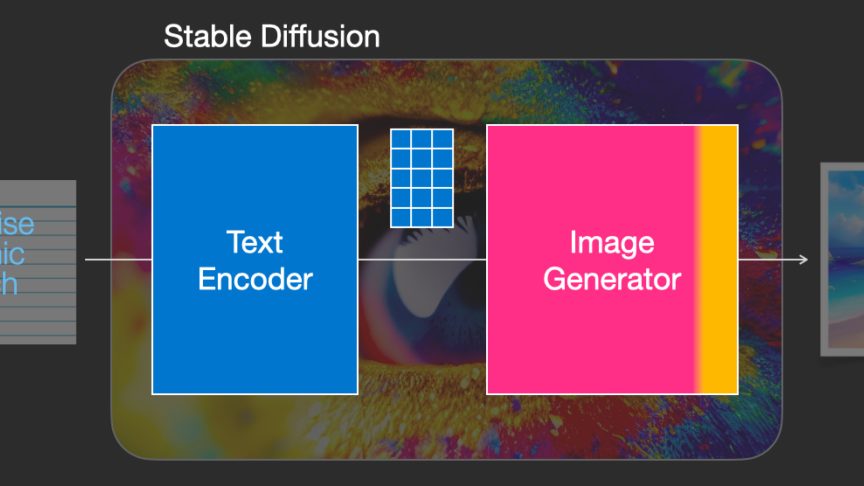Fun! Games! Treats! Tips! 'Emotional drivers' that encourage blipping
October 31, 2014
Fun! Games! Treats! Tips! 'Emotional drivers' that encourage blipping

Alex Nicoll spends his days extolling the virtues of Blippar’s DIY platform Blippbuilder to the media world, teaching publishing teams how to use it to turn magazines and newspapers into interactive mobile experiences - blipps.
Nearing his two-year Blippar anniversary, the account manager (and gaming blogger) has collaborated with Conde Nast (VOGUE Germany), Immediate Media (Doctor Who, Radio Times, Good Food, Gardeners’ World), Time, Inc. (Look, Marie Claire, InStyle), DMGT (Mail On Sunday, Metro) and Centaur (Creative Review), guiding clients through initial build to evaluation of campaign metrics.
When it comes to creating interactive experiences that make people want to pull their phones out of their pockets and blipp, Alex knows his stuff. Here he explains how to make your blipps more enticing to consumers by offering them exactly what they want to see – features we refer to as ‘emotional drivers’.
What are ‘emotional drivers’? (HINT: They have nothing to do with people who get weepy behind the wheel.)
People are all different. Thank heavens. I like gaming, but a six-year-old girl in California might prefer Disneyland; I read Edge gaming magazine, she’d probably rather flick through Disney Junior; and when I read Edge I don’t want to find stories about Minnie and Mickey, and she certainly doesn’t want interviews with the script-writers of Grand Theft Auto V.
If publishers, brands and advertisers want to connect meaningfully with their audience and encourage loyalty, they must tailor content specifically for them, providing the richest and most relevant experience. After all, if Edge started giving me cutout Daffy Duck ears, I might switch my allegiance to Games Master…
Knowing your audience’s ‘emotional drivers’ – the information, topics, activities and objects that excite them – is extremely valuable, especially in blipps. By identifying what your fans want, your blipp content can be adapted to deliver an experience that leaves them with a smile on their face rather than a bad taste in the mouth.
So, what emotional drivers you should consider?

Relevancy: Don’t veer too far off topic
If you buy a football programme you want to open it and find player information, not tips on curling your hair. And on a tin of tomatoes you’d prefer to see a recipe for lasagne on the label, rather than one for Victoria sponge.
The basic rule is: offer your audience something with a strong connection to the thing they’re looking at. And it’s the same with blipps – except that inside blipps you have more space than inside a programme or on the side of a tin, so give your audience even more of what they really want.
Think of the reasons people buy or look at your product – whether a football programme, a tin of tomatoes, a concert poster or a shampoo advert – and adapt your blipp’s content accordingly.

Entertainment: Make them smile
One of the biggest reasons people blipp is because they’re promised something entertaining. Show them something good and you can bet they’ll be back for more.
Thanks to YouTube, Spotify and other free sources of online entertainment, its important to offer people something really, really good. Ideally something they can only access via your blipp.
For example, anyone can google ‘Brad Pitt’s new film trailer’, but what if only people who blipped your official poster of the film could see an exclusive interview with Angelina Jolie’s other half, watch an outtakes reel, or pose for a photo with the star himself (which they could then post on social media)? Enticing, huh?
Use blipps to offer people something they can’t get anywhere else and we bet they reach into their pockets for their phones.

Games: Everyone likes to play
You can go a step further in some instances and give people something to really play with – but, again, ensure your audience is right for it.
Take Doctor Who magazine and Doctor Who Adventures, two magazines with similar content, aimed at two very different audiences: the first more serious Doctor fans, the second the show’s younger audience. Doctor Who magazine would be perfect for behind-the-scenes videos, interviews with the cast, and in-depth episode analysis - but they probably wouldn’t to play a game of whack-a-Dalek off the cover: their audience isn’t looking for that. Doctor Who Adventures, on the other hand, could definitely run with that idea; younger kids are less interested in connecting to the cast and just want to learn about the monsters and dress up as the Doctor. Just because the subject is the same doesn’t mean the audiences want the same content.

Expertise: Be the boss
I read Edge because I want to get pointers on gaming and have the upper hand against my opponents. Similarly, people read recipes to be better at cooking, watch YouTube make-up tutorials to learn how to apply mascara better, and watch movie trailers to be better informed about the films they watch.
People want content that will inform and improve them – and who better to provide this than you, the experts?
Blipps offering expert advice perform ferociously well. Take the Heinz Ketchup, the Kraft Philadelphia and the Marmite blipps: all animated recipe books for dishes requiring the ingredient the customer is blipping. These brands have created informative blipps that offer expert foodie tips perfectly customised for their product’s audience. Terrific.
Similarly, a music magazine blipp providing a list of ten albums with secret tracks, or a movie poster blipp giving fans exclusive insight into how the animated film was made would be examples of blipps in which brands were using their own expertise to offer their specific audience more of what they definitely want.

Ooh, freebies!
Who doesn’t like rewards? Giveaways have been a means of attracting fans since the dawn of promotion - and they work just as well for blipps.
Brands and publishers already offering giveaways should feed these freebies into their blipps. Don’t panic, you don’t have to offer a £1m prize (though that would definitely help…); just ensure the reward is relevant to your content: don’t offer Simpsons fans a free mascara, and I wouldn’t advise rewarding Coca-Cola fans with a coupon for toothpaste.

Buying can be boring
Seeing a product you like on a page and being able to buy it immediately by blipping is terrific, but don’t get overzealous or people get bored. Catalogues are a good place for these blipps as people read catalogues intending to make purchases. Plus, scanning a Marks & Spencer catalogue and instantly purchasing things I want is far simpler than looking in the catalogue, finding what I want, and then having to go online or into a store to make the purchase. But do consider what you are asking people to buy at the tap of a mobile screen: a blipp-to-buy picture of a £10,000 dress in Vogue probably won’t get as many interactions as one in Stylist offering a pair of £70 Office shoes…
The next time you sit down to create blipps, think about what actually draws people into your original content. Cater your blipps around the emotional drivers associated with your brand and you can’t go far wrong.



